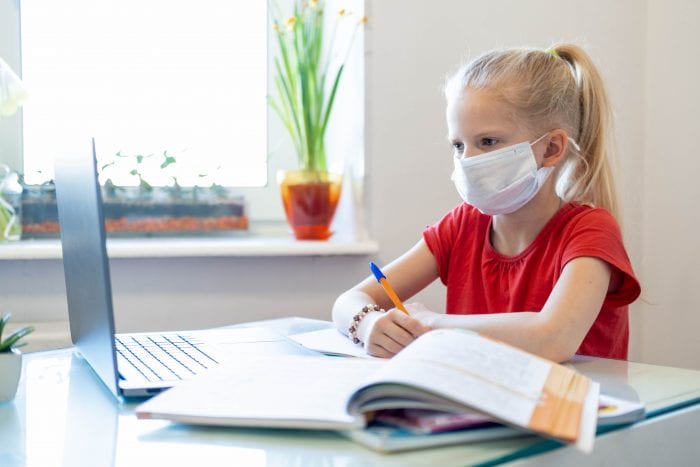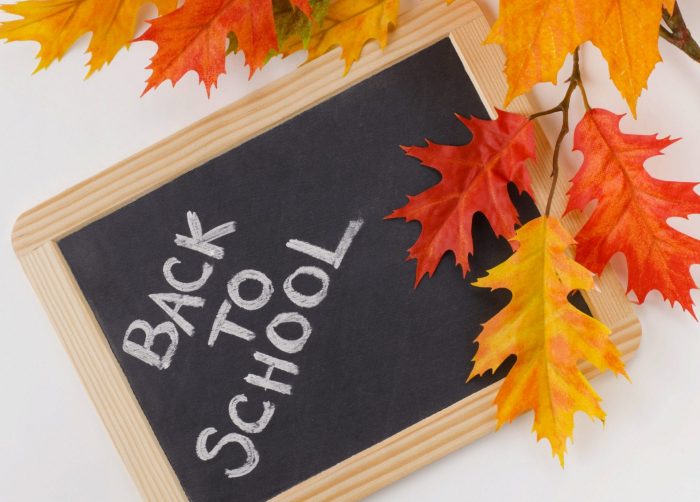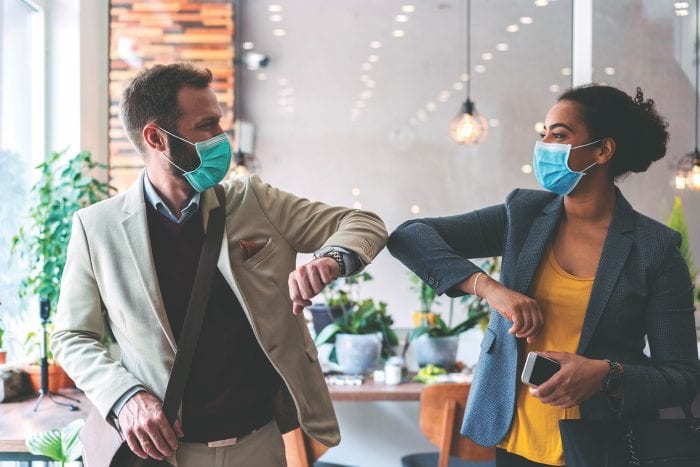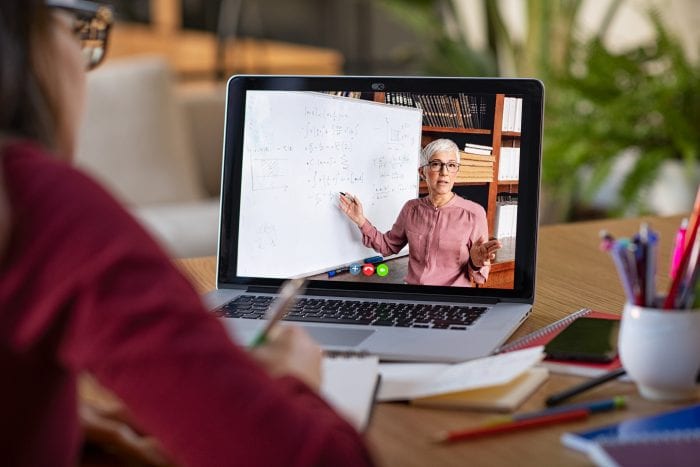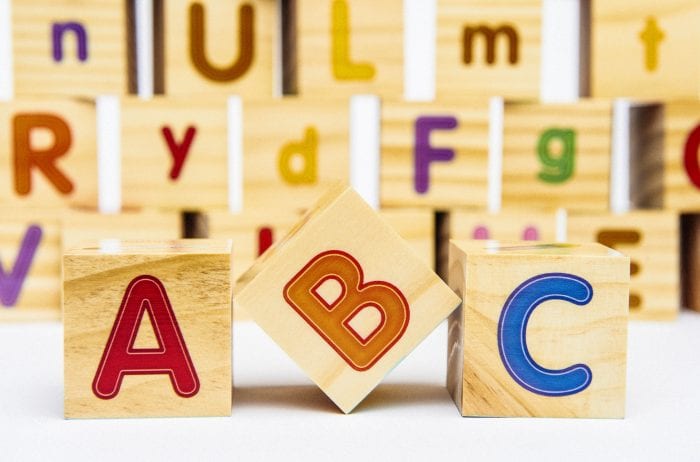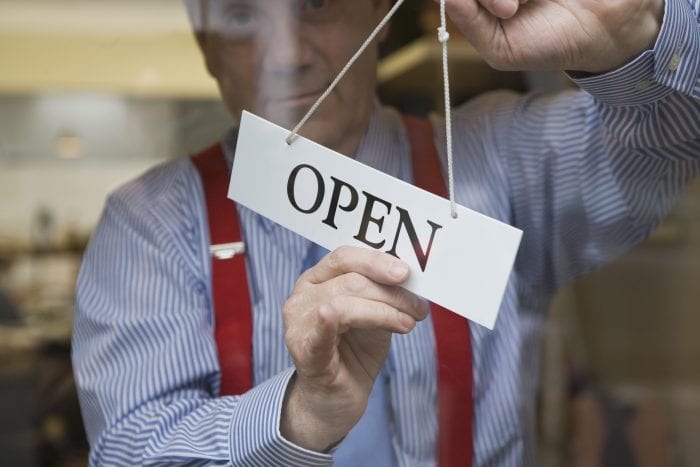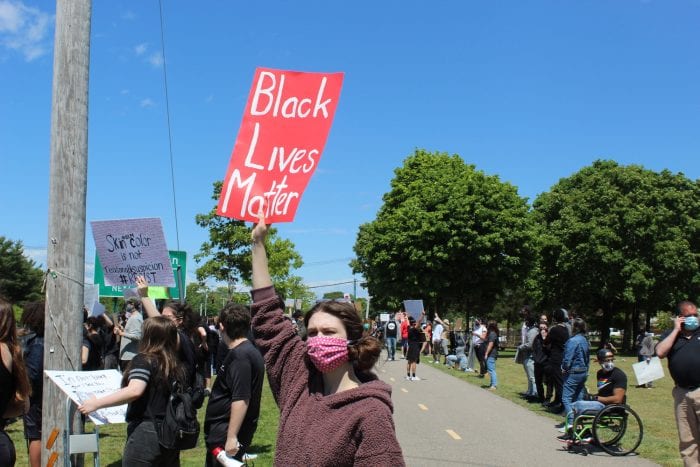By Daniel Dunaief

We will undoubtedly run into times in the next few weeks and months when our kids can’t stay in school. Yes, sure, I understand how and why people want their children in school. Most of the time, they can and will learn more in a conventional classroom setting than they will sitting in their beds in a collared shirt with pajama bottoms, texting friends all over the country with their phones while they pretend to be taking notes.
I also understand the need for schools to provide a structured schedule for each day, offering parents a chance to finish assignments for their jobs, pay bills without a well-intentioned child turning the checks into a coloring pad, or have a few moments when they don’t need to clean up the mess on another floor.
And yet, we aren’t that much further along than we were in March, when schools closed for the first time, in protecting the health of teachers, students, and everyone else who enters or lives with someone in an academic setting.
Sure, the hospitals may have better treatments than they did when they didn’t know about the likely progression of the disease, but there is no cure and most of us don’t have any immunity.
So, given that we’re not likely to do much traveling and our kids are likely to spend some time at home, we can and should develop Plans B, C and D.
Plan B could be a fallback into the kinds of learning our children did in March, when school administrators and teachers tried to educate our children with modified, distance-based lesson plans. Certainly, schools have spent considerable time preparing for either a blended version of in-class and remote learning or an all-remote experience.
Those lessons and the material covered will hopefully be thorough enough to match what they would have learned in the customary in-person setting.
Plan C, however, may involve some supplemental educating and, perhaps, education-driven day care, depending on the age of our children. Where can we find that? In every community, children of all ages may be home. For older teenagers, this may be an opportunity to provide guidance to younger counterparts whom they might drive by on their way to school, soccer practice or a group gathering.
Parents of younger children may want to connect with parents of high school children, either directly or through their schools. After all, these high school students are much closer to learning modern math than parents who may be decades from the same material that was taught in a different way in an earlier era.
Through a voluntary and distance-based teens-to-tots tutoring, younger students can find mentors, tutors and friends in teenagers who can, perhaps earlier than they anticipated, give back to the communities that supported them.
With more time on their hands because so many extracurriculars might be canceled, these teenagers can become an important resource in an educational system, supplementing what the younger students learn in class.
A neighbor recently told me about a family exchange he and his brother managed. His 20-something son became frustrated living and working at home, while his brother’s 20-something daughter shared the same sentiment. He sent his son to live with his brother, while he hosted his niece. The change of scenery has proven healthy for everyone, giving them all a chance to exhale amid the uncertainty.
Disruptions over the next several months to a year seem inevitable. If we come up with creative ways to plan for them, we might contribute to our communities and enjoy the time while we wait for the viral all-clear signal.

